
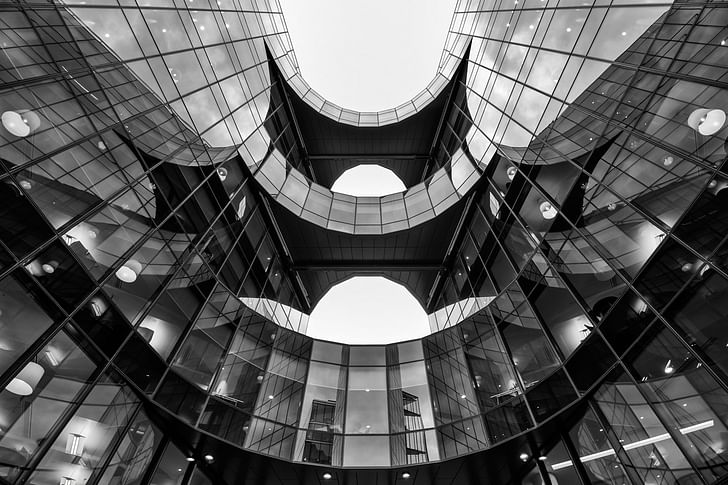
In Focus is Archinect's series of features dedicated to profiling the photographers who help make the work of architects look that much better. What has attracted them to architecture? How do they work? What type of equipment do they use? What do they think about seeing their work in blogs?
In this feature, we talk to London-based photographer Edward Neumann.
Archinect: What is your relationship with architecture? What drew you to architecture, as a photographer?
Edward Neumann: Having spent most of my life in a city like London, it’s hard not to notice the architecture that surrounds you on a daily basis. As I have grown up, so has the architectural landscape around me. New skyscrapers have become prominent features of a city steeped in a tradition of producing extravagant buildings, and it is those which capture my imagination the most. I also think my father played a role in my fascination with architecture. He used to be a civil engineer who worked large projects, ranging from upgrading the hangars used by Concord for British Airways, to the redevelopment of Victoria Station and would often take us as children to see what he was working on. For a young boy, it was like seeing the best LEGO sets in the world, and those days definitely made a lasting impression on me.
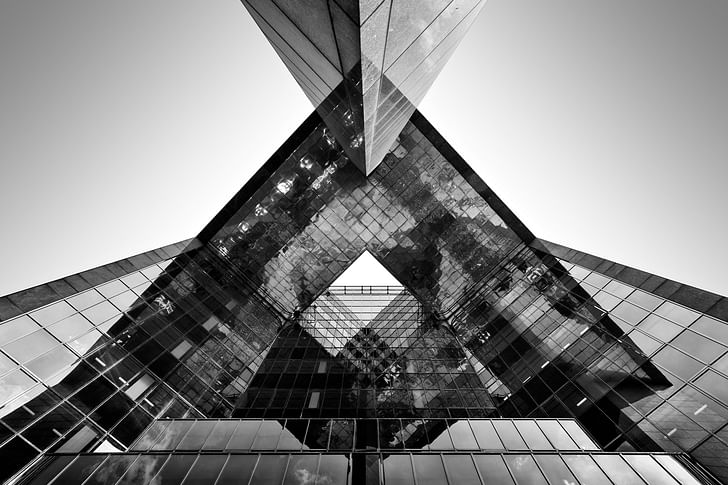
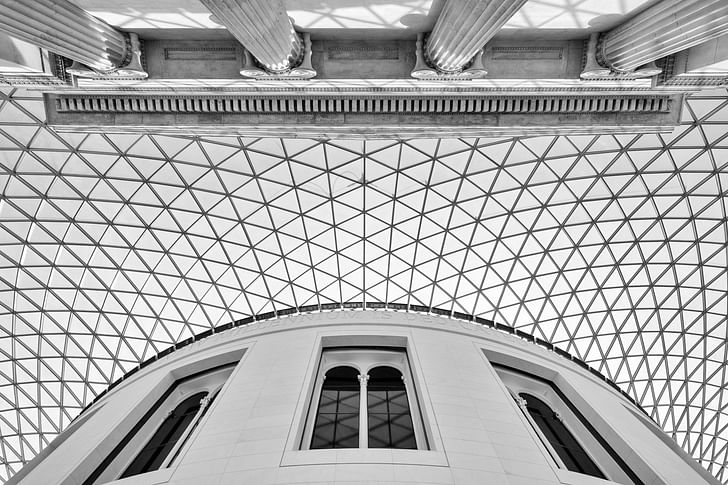
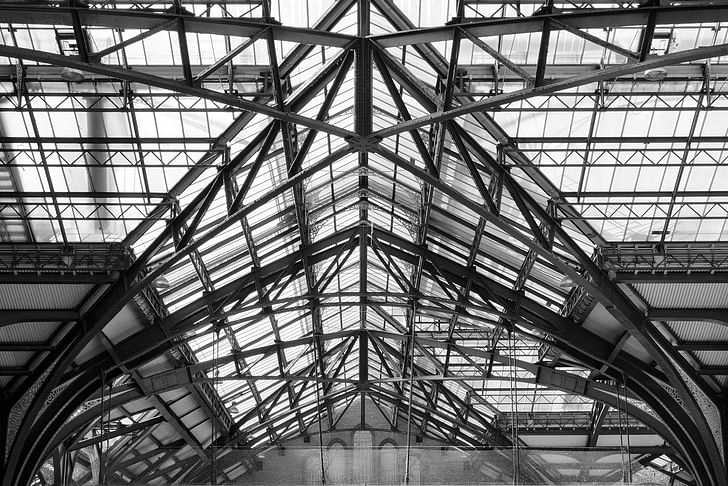
Describe how you work... who are your clients?
Having spent most of my life in a city like London, it’s hard not to notice the architecture that surrounds you on a daily basis.EN: As an aspiring fine art photographer, I’m still firmly concentrating on strengthening my portfolio and haven’t been pursuing commissions. Most of my print sales come through my blog, but again, this isn’t something I've been actively advertising. I’m not doing photography for the money, I hold the slightly skewed view that if someone really wants to purchase a print and makes an unprompted effort to do so, I know it will be going to a good home. Probably not the best marketing technique in the world. In terms of workflow, I generally just go out on photo walks and keep a list of buildings and places to shoot which I’m constantly updating.
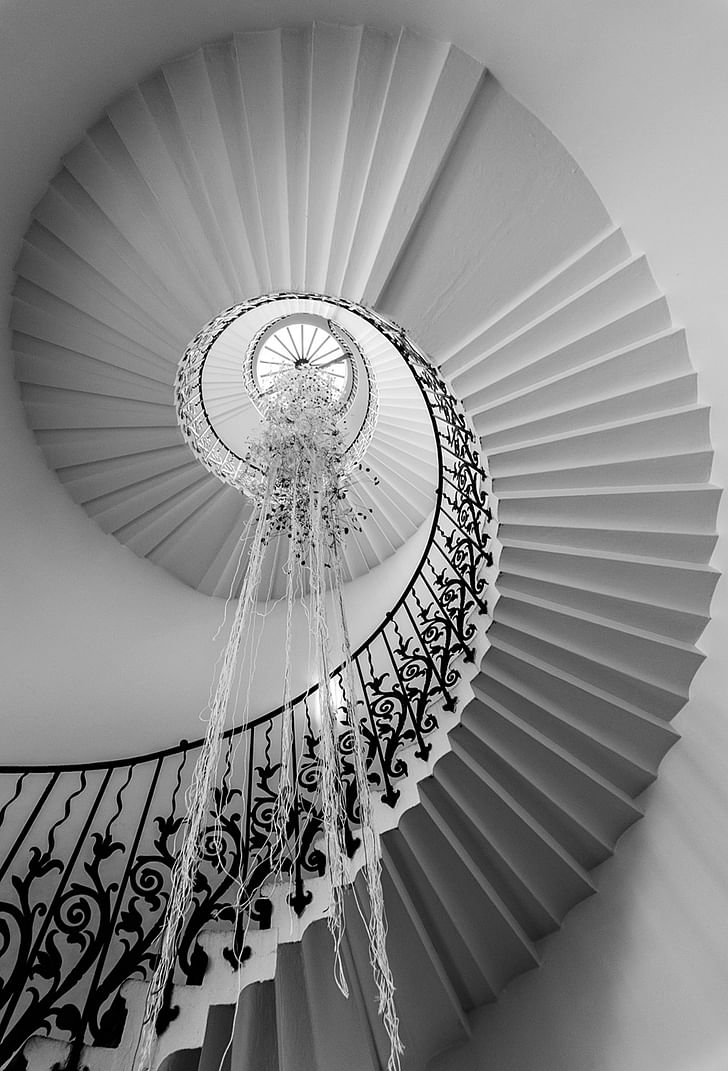

Do you mostly work in a specific region? What is your travel schedule like?
EN: At present, I exclusively shoot in London but have started researching other UK locations with a view to slowly diversify geographically in 2014.

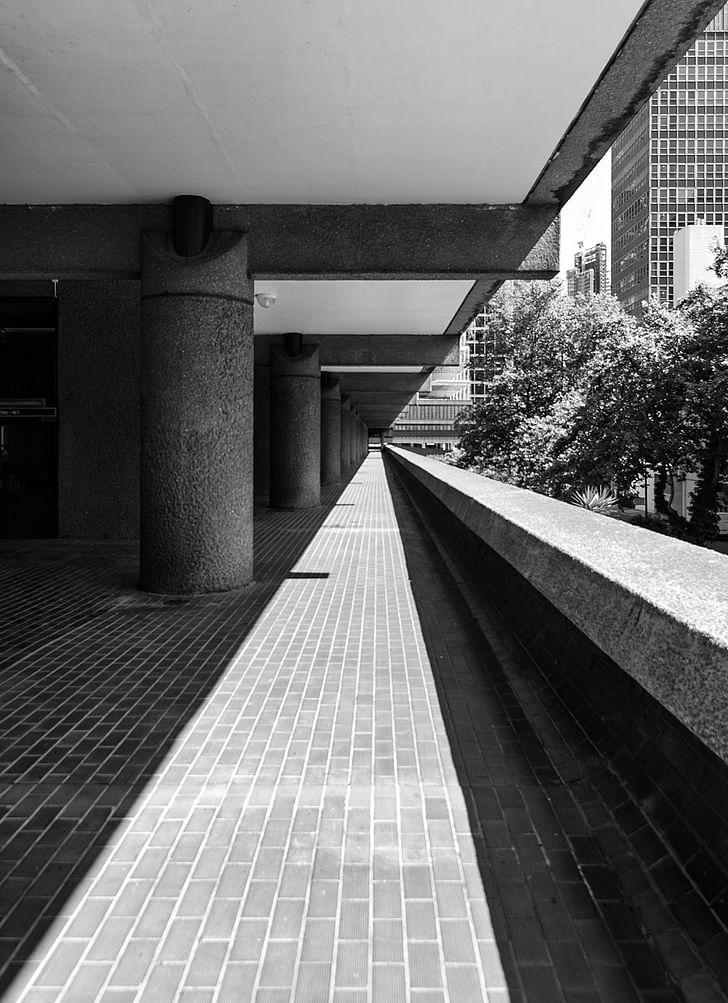
What is your goal when capturing buildings in photographs?
EN: That’s a good question. I think one of the goals I work towards is producing photos which communicate the aspects of the building I find beautiful. On the technical side, I love symmetry, so this plays a large role in my work - I will often spend as much time as patience permits trying to get things as close to perfect as I can; often trickier than it sounds. I like the “art for art’s sake” school of thought.The fact that I’m shooting for myself gives me a lot of creative freedom to work towards creating a body of photos which have a sense of cohesion in terms of recurring themes. Namely: symmetry, geometric patterns, immersive perspective and strong leading lines. I am constantly trying to integrate these motifs into my work, the idea being that when I eventually feel ready to exhibit, the images will complement each other as a whole. The flip side to all of this, on a more meta level, is the vague belief that my only true goal is to create as an end in itself. I like the “art for art’s sake” school of thought, so perhaps when confronted with a question like this, I think a portion of my answer is in the question. My goal is to capture buildings in photographs.

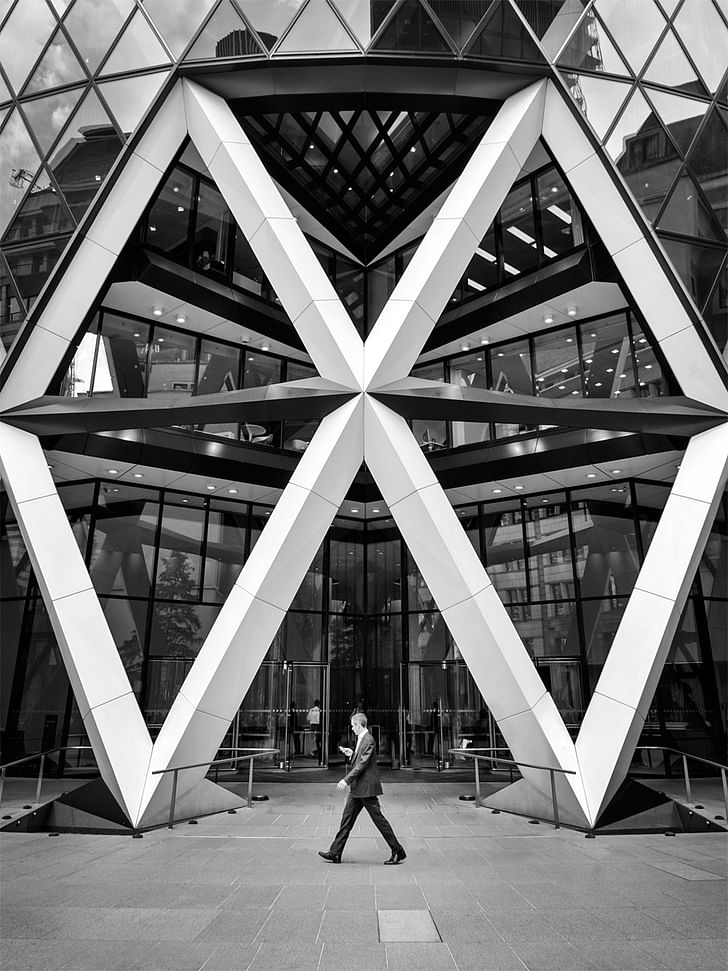
What are your thoughts about including people in your photos? Is it important to photograph a building in use, or by itself?
EN: This is tricky and I feel the only satisfactory answer depends a lot on your remit or vision. In general, I personally prefer clean architecture photos with no people and if I do include a human element, I want it to add to the building and interact with the form in some way. I like the mantra, “if it doesn’t add anything to the photo, then it detracts from it”.I like the mantra, “if it doesn’t add anything to the photo, then it detracts from it” and more often than not, I find people do not add anything to what I am trying to achieve. For example, in this sample of my photos, only two have people in them. One is the Greenwich Foot Tunnel shot where the leading lines guide you through the image and end with the two small figures walking away. The other is the 30 St Mary Axe photo where the man’s stride complements the diagonals in which he is framed. What I’m most afraid of, is having ill placed people within the composition who only serve to distract the viewer from what I am want them to focus on. That doesn’t mean to say people shouldn’t be included in architecture photography, far from it. I imagine clients will often want people in their photos to make sure they are not perceived as sterile/baron or to promote a certain atmosphere. Echoing my opening response, I think it depends an awful lot on what you want to communicate and who your audience is.
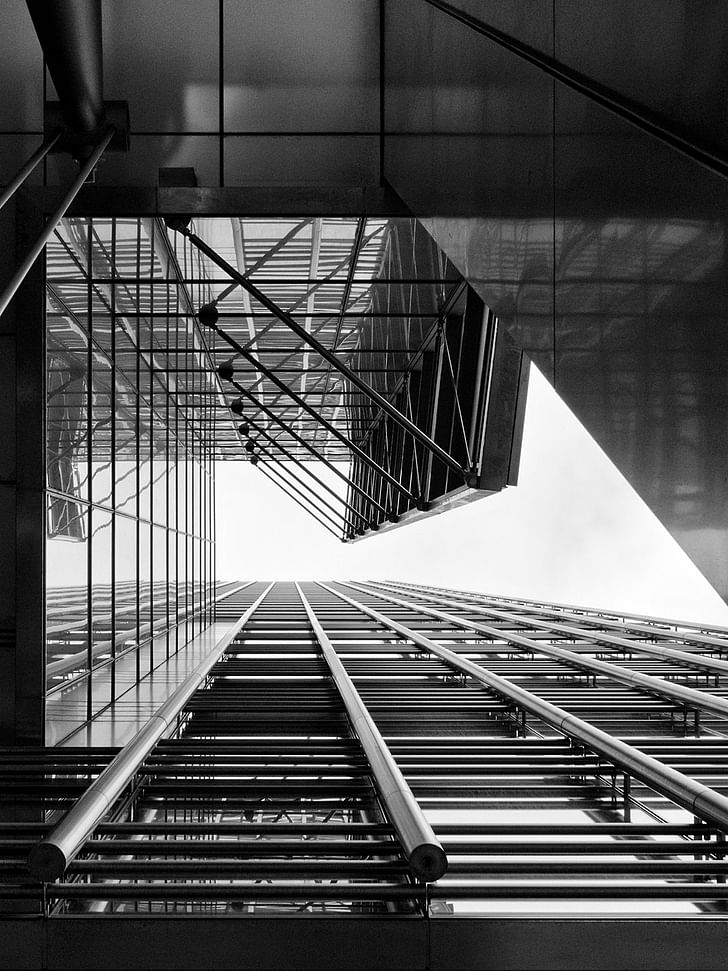
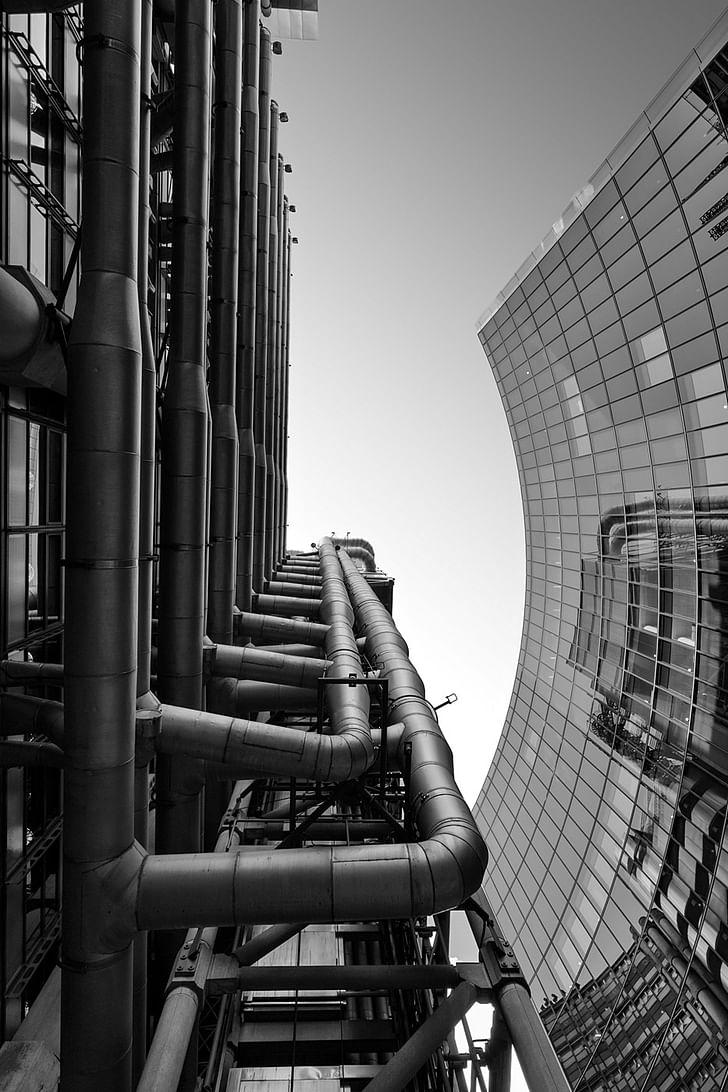
What are your favorite pieces of equipment?
EN: When it comes to equipment I really don’t have a favorite piece, although I am partial to the field of view produced by a 50mm (or equivalent) lens.
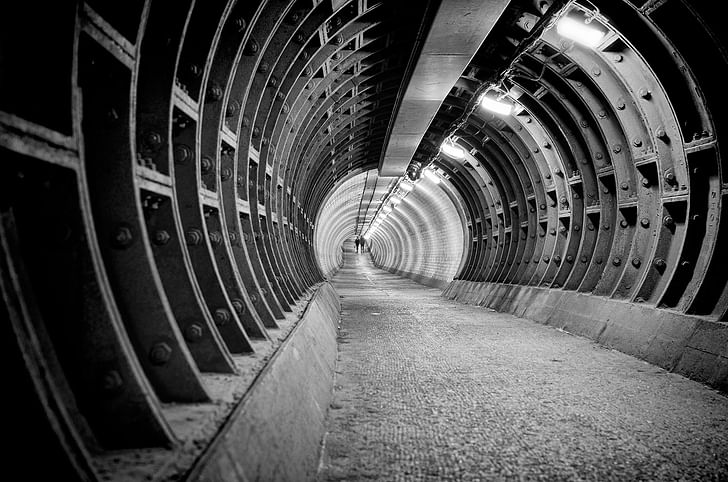

Do you work alone?
EN: Yes and no. When it comes to taking photos, I do work alone, however, I have a few places where I can get a good standard of constructive criticism.

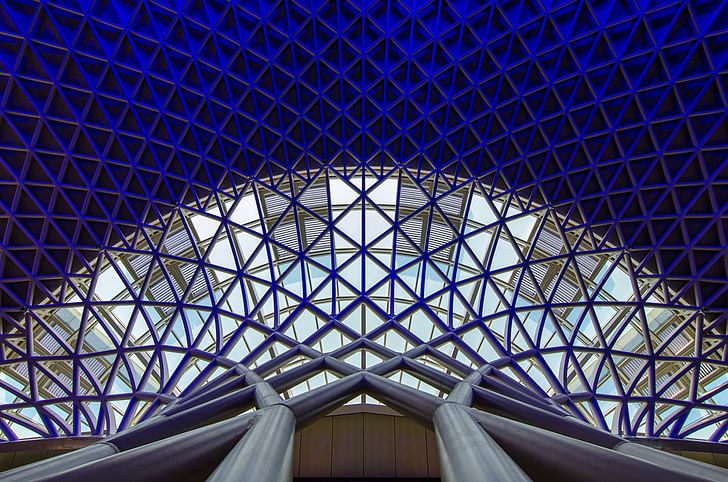

How do you feel about seeing your photographs on blogs and websites?
EN: As long as credit is given, I think it’s wonderful to be able to share your work with so many different people across the globe. The advent of social media and blogging has made it possible for a new generation of voices to be heard and has given people like myself, a window of opportunity which simply didn’t exist before. Competition is rife though, partly due to the sheer volume of people who are now able to self publish. This means producing work, which stands out, is a constant challenge, but one which I find definitely pushes you to keep improving.
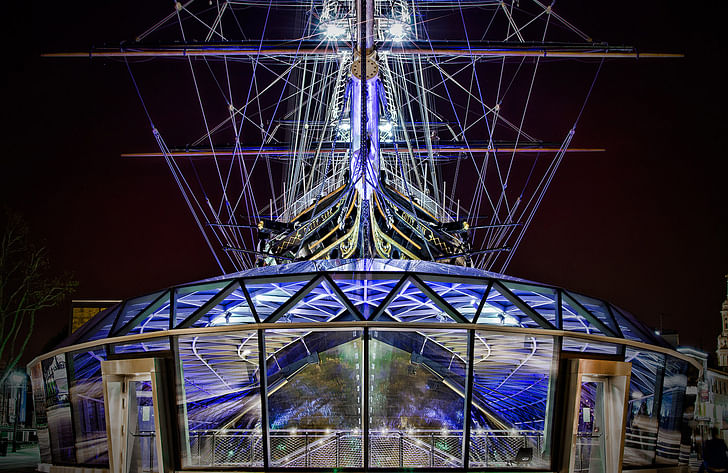
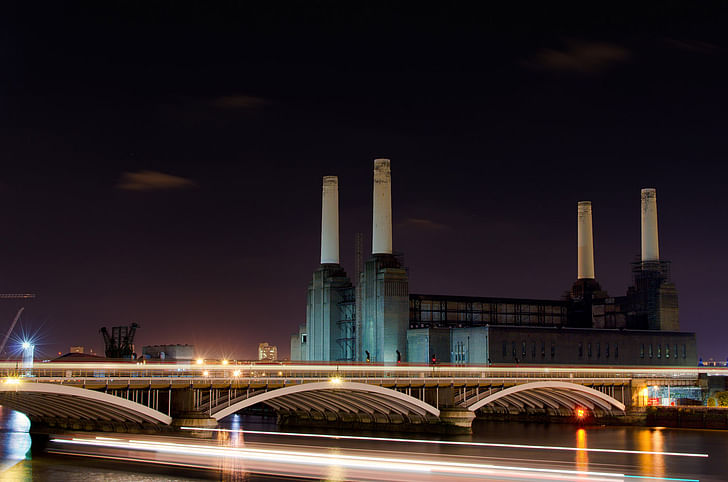
Edward Neumann – Bio:
Edward Neumann a.k.a EMCN, is an award winning, self taught photographer from London. He has a BA/BSc in English Literature & Philosophy from the University of Manchester, and his work explores architecture, street and abstract photo manipulation. He has received exposure from various places online, including but not limited to: The San Francisco Museum of Modern Art, Castle Galleries, Artchipel, Time Out, Hyperallergic LABS and was one of the recent EyeTime 2013 winners. Edward’s day job revolves around running his own company, and he is also an Assistant Editor for the popular photography blog Lensblr which helps promote photographers on Tumblr.
You can see more of Edward’s work on his:
Website ❘ Blog ❘ Facebook Page
No Comments
Block this user
Are you sure you want to block this user and hide all related comments throughout the site?
Archinect
This is your first comment on Archinect. Your comment will be visible once approved.